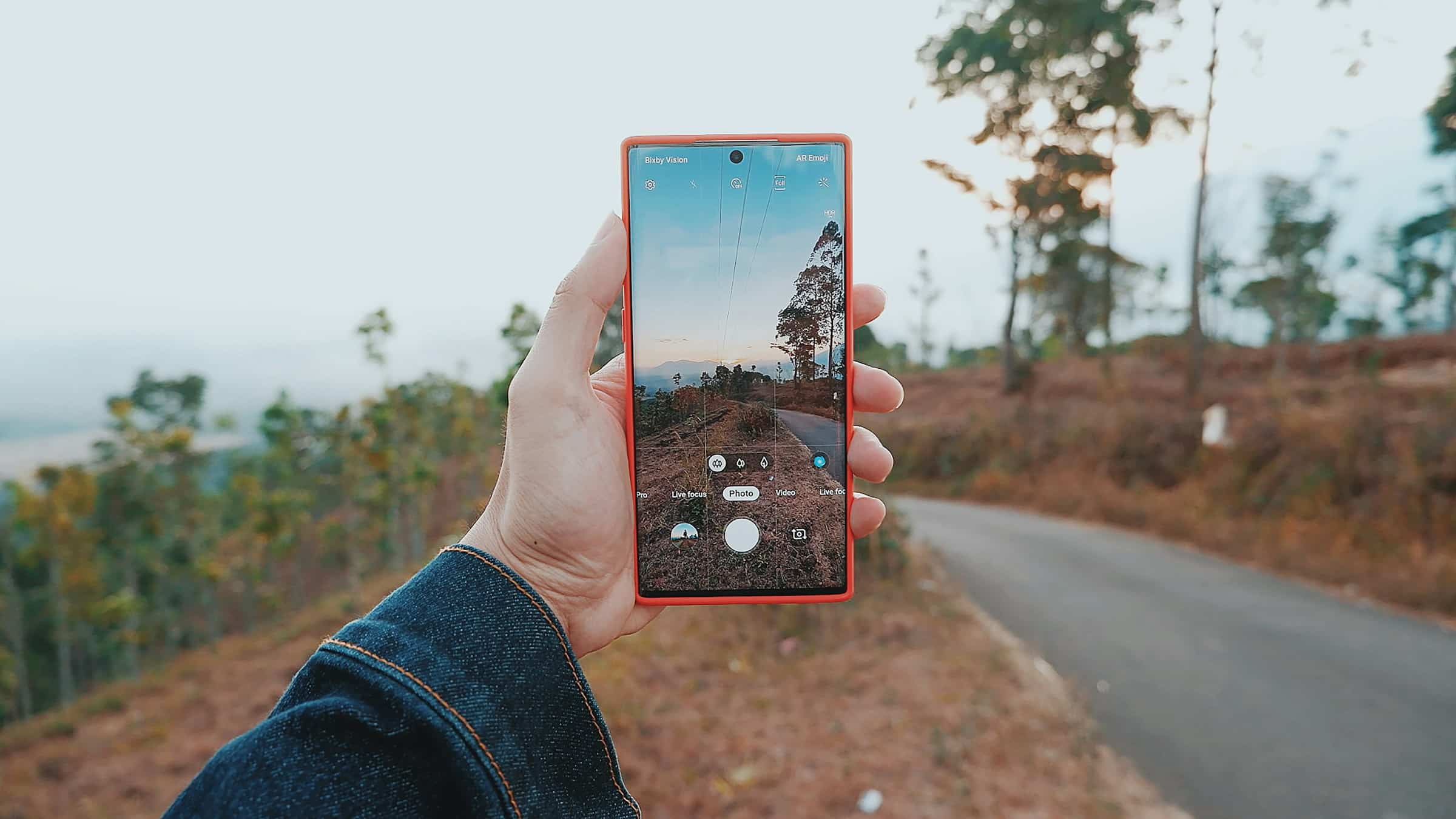Smartphones, especially the latest models like the iPhone Pro and various top-tier Android devices, have revolutionized photography. Once merely a mobile communication tool, your phone camera is now a powerful camera in its own right. But owning a smartphone with an impressive camera isn’t enough to take remarkable photos. You need to master certain techniques. In this article, we will explore various methods to enhance your smartphone photography, ensuring you capture stunning images every time.
Mastering Light: The Key to Stunning Images
Light is the cornerstone of all photography. Whether you’re using a high-end DSLR or a smartphone camera, understanding how to manipulate light can significantly improve your images. In smartphone photography, natural light is often your best friend.
A découvrir également : How to Use Your Smartphone as a Remote Control for Smart TVs?
When shooting outdoors, try to use the golden hour—the period shortly after sunrise or before sunset. During these times, the light is soft, warm, and flattering, especially for portrait mode shots. If you’re indoors, position your subject near a window to maximize available natural light.
However, too much light can also be a problem. Direct sunlight may create harsh shadows and overexposed images. Utilizing the camera app on your smartphone, you can manually adjust the exposure to control the amount of light that enters your lens.
A découvrir également : What Are the Methods to Use Smartphones for Home Security?
For night-time or low light conditions, most modern smartphones come equipped with night mode or low light settings. These modes enhance the image quality by adjusting the shutter speed and ISO settings to let in more light, capturing more details even in dark environments.
Don’t forget about artificial lighting. While natural light is preferable, a well-placed lamp or LED light can make a significant difference in your photos. Experiment with different lighting angles and sources to find what works best for your subject.
Utilizing the Full Potential of Your Smartphone Camera
Your smartphone camera is a sophisticated piece of technology that offers numerous features designed to enhance your photography. The iPhone Pro, for instance, comes with a wide-angle lens, telephoto lens, and even a macro lens, each suited for different types of photography.
Start by familiarizing yourself with the default camera app on your phone. Most smartphones offer several shooting modes like portrait mode, panorama, and long exposure. Each mode has its own strengths and is tailored for different photography scenarios.
Portrait mode is particularly useful for taking close-up shots of people, as it blurs the background to put emphasis on the subject. This creates a professional-looking depth of field effect, similar to what you’d achieve with a DSLR.
The wide-angle lens is perfect for landscape photography or any situation where you want to capture a broader scene. It can also add a dramatic effect to your images, making them look more expansive.
Don’t overlook the manual settings in your camera app either. Tweaking the white balance, shutter speed, and ISO can allow you to capture more accurate colors and better details. Manual control over these settings can make a significant difference in the overall image quality.
Composing the Perfect Shot: Tips and Techniques
Good composition can turn an ordinary photo into an exceptional one. One of the simplest yet most effective methods to improve your photos is to apply the rule of thirds. This involves dividing your image into a 3×3 grid and placing your subject at the intersections of these lines. This creates a more balanced and visually appealing photo.
Pay attention to your background. A busy or distracting background can take the focus away from your subject. Look for simple, uncluttered backgrounds to highlight your subject more effectively.
Another useful tip is to maintain a consistent horizon line. A crooked horizon can make your photo look amateurish. Use the grid lines available in most camera apps to ensure your horizon is straight.
Leading lines are another powerful compositional tool. These are lines in your image that naturally draw the viewer’s eye towards the subject. Roads, pathways, and even shadows can act as leading lines, adding depth and focus to your photos.
Framing your subject is another excellent method to enhance your photos. Use natural frames like windows, doorways, or arches to draw attention to your subject. This technique adds depth and context, making your photo more engaging.
Enhancing Photos with Editing Apps
Even the best-shot photo often benefits from a bit of post-processing. Editing apps can make a world of difference in refining your images. Popular editing apps like Snapseed, VSCO, and Adobe Lightroom offer a wide range of tools to enhance your photos. Many of these apps even offer a free trial, allowing you to test their premium features before committing.
Start with basic adjustments like brightness, contrast, and saturation. These minor tweaks can make your photo pop without looking overly edited. Be cautious with these settings; too much can make your photo look unnatural.
Next, move on to more advanced adjustments like white balance and exposure. Correcting the white balance ensures that the colors in your photo are true to life. Adjusting the exposure can help recover details in both the shadows and highlights of your image.
Cropping is another essential editing tool. It allows you to remove any unnecessary elements from your photo, drawing more focus to your subject. Use cropping to enhance the composition and balance of your image.
Many editing apps also offer preset filters and effects. While these can be fun to use, don’t rely on them too heavily. It’s more valuable to understand the manual adjustments and use presets sparingly to add the finishing touch to your photos.
Lastly, if you plan to share your images on social media, ensure they are optimized for the platform. Each platform has its own recommended dimensions and compression settings. Adjust your photos accordingly to maintain the best quality when shared.
Exploring Advanced Techniques and Tools
For those looking to take their smartphone photography to the next level, exploring advanced techniques and tools can be incredibly rewarding. Long exposure is one such technique that can create stunning images of moving water, light trails, and night skies. Many smartphones have built-in long exposure modes, but you can also find specialized apps that offer this feature.
Another advanced technique is HDR (High Dynamic Range) photography. This method involves taking multiple shots at different exposures and blending them to create a single image with a broader range of colors and details. Most modern camera apps have an HDR mode, which can be especially useful for landscapes and scenes with high contrast.
External lenses for smartphones can also expand your photographic capabilities. Wide-angle, telephoto, and macro lenses can be clipped onto your smartphone, offering the versatility of a DSLR in a compact form. These lenses are relatively inexpensive and can dramatically enhance the quality and range of your photos.
Lastly, consider investing in a tripod for your smartphone. A stable platform is essential for capturing sharp images, especially in low light or when using long exposure techniques. Many compact and affordable tripods are designed specifically for smartphones, making them an excellent addition to your photography toolkit.
Enhancing your smartphone photography goes beyond having the latest iPhone Pro or the highest megapixel count. Mastery of light, composition, and editing, alongside the thoughtful use of advanced techniques and tools, will elevate your photos from ordinary to extraordinary. Remember to experiment, practice, and continually explore new methods to refine your skills. By leveraging these techniques, you will transform your smartphone photos into stunning images that capture the essence of your subject and the beauty of the moment.






